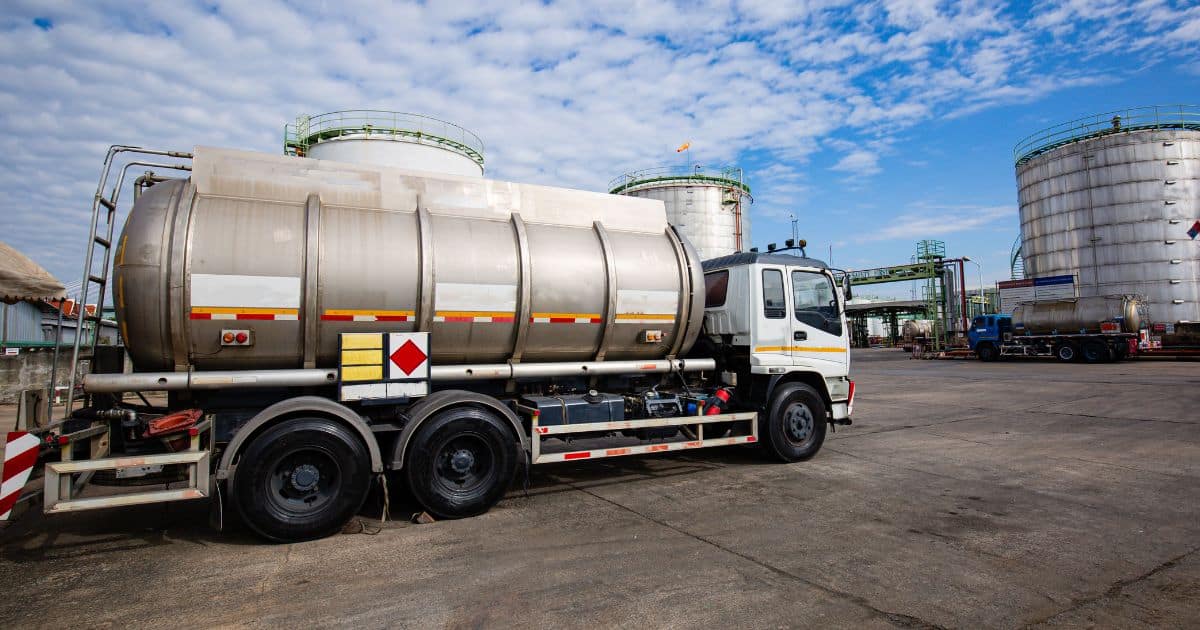Railcars are essential assets for moving goods across long distances, but they face wear and tear just like any other machinery. Maintenance is not just a regulatory requirement; it’s the backbone of operational efficiency, safety, and even cost savings. But how often should railcar maintenance happen? Is there a perfect schedule?

Why Railcar Maintenance Matters
Let’s start by asking: what would happen if railcars didn’t get regular checkups? For one, any unnoticed issues, whether structural, mechanical, or electronic, can turn into major safety hazards. A loose bolt here or a faulty brake system there can lead to dangerous situations on the tracks, endangering both people and cargo.
Moreover, delaying maintenance services for railcars can lead to costly repairs down the line. Minor issues left unchecked tend to snowball. For example, a small problem with the coupler might eventually impact the entire railcar linkage. Regular maintenance, on the other hand, ensures that each part of the railcar is running smoothly, preventing small issues from becoming larger (and more expensive) headaches.
And then there’s regulatory compliance. Federal and local regulations aren’t merely guidelines—they’re mandates with strict timelines. The Federal Railroad Administration (FRA), for example, sets specific rules for freight railcars in the U.S. Rail operators have to meet these standards, not just for safety but to keep their operations running legally.
Key Factors Influencing Maintenance Frequency
Not all railcars are the same, and neither are their maintenance needs. Here are the primary factors influencing how often railcars need professional upkeep:
- Type of Railcar – Different railcars have different purposes and carry unique loads. For example, tank cars require regular checks on seals and pressure systems to prevent hazardous leaks, while flat cars that carry heavy equipment need structural inspections more frequently. The specific use and load type impact the type of maintenance required.
- Operational Environment – Railcars used in harsh weather or corrosive environments will require more frequent checks. Railcars exposed to moisture or extreme temperatures, like those in the northern states or near coastal areas, can experience rust, material fatigue, and other weather-related wear faster.
- Load Frequency and Weight – A railcar that’s in constant motion or carrying heavier loads undergoes more strain. The heavier the load, the more frequently the railcar should undergo checks, especially for components like brakes, wheels, and suspension.
- Age and Condition of the Railcar – As railcars age, they naturally require more frequent maintenance. Parts begin to wear down, and older railcars are more prone to small issues that, if left unchecked, can lead to breakdowns or inefficiencies. Newer railcars might not need as many inspections initially, but as they age, maintenance needs typically increase.
- Manufacturer Guidelines and Regulations – Railcar manufacturers provide recommended maintenance schedules based on extensive testing and analysis of the railcar’s expected wear. Following these guidelines can ensure optimal performance and lifespan, but these should be used in conjunction with local or federal regulations like those from the FRA or AAR (Association of American Railroads).
Regulatory Standards for Railcar Maintenance
In the U.S., the Federal Railroad Administration (FRA) and the Association of American Railroads (AAR) enforce maintenance standards. The FRA’s regulations cover safety-critical systems like brakes, couplers, and suspension, mandating inspections at various intervals, typically every three to five years, depending on the railcar type.
AAR, while not a regulatory body, provides widely adopted industry standards. Most rail companies adhere to AAR’s guidelines as a mark of compliance and safety excellence. Following these standards doesn’t just meet legal requirements; it reassures clients and stakeholders that the railcars are safe, reliable, and up to industry expectations.
Finding the Right Maintenance Schedule
If you’re wondering what the best schedule is for your railcars, you’re not alone. Striking a balance between safety, compliance, and cost efficiency is essential. While regulatory guidelines offer a starting point, developing an internal maintenance program suited to your specific needs can make a big difference. Here are some of the best practices for building a robust maintenance schedule:
- Routine Preventive Maintenance – Scheduled preventive maintenance is essential for catching minor issues before they escalate. This type of maintenance often includes regular inspections, cleaning, lubrication, and adjustments, ensuring each part is functioning at its best.
- Condition-Based Maintenance – Unlike preventive maintenance, condition-based maintenance relies on the current state of the railcar. With advances in monitoring technology, it’s possible to track the wear on brakes, wheels, and other components in real-time. When signs of wear or damage appear, maintenance is carried out on an as-needed basis.
- Predictive Maintenance – Predictive maintenance uses historical data and analytics to predict when a railcar component is likely to need attention. This approach reduces unnecessary downtime by scheduling maintenance only when necessary. Sensors, machine learning, and software analytics play a big role in making this possible, allowing for a highly optimized schedule.
- Seasonal Inspections – Environmental factors like snow, rain, and heat can have a big impact on railcar performance. Scheduling seasonal inspections can help address issues like rust, corrosion, and other environment-related wear before they become larger concerns.
- Full Overhauls – Depending on usage, some railcars benefit from periodic overhauls where every major component is inspected, repaired, or replaced if necessary. This is generally done less frequently but ensures the railcar is in top condition for years to come.
A Smooth Path Forward
So, how often is enough when it comes to railcar maintenance? There’s no one-size-fits-all answer, but with the right mix of regular inspections, condition-based adjustments, and adherence to regulatory guidelines, it’s possible to create a maintenance plan that keeps railcars safe, efficient, and cost-effective. Taking the time to understand the needs of each railcar, and tailoring the schedule accordingly, can ultimately lead to a smoother operation and longer asset life.
